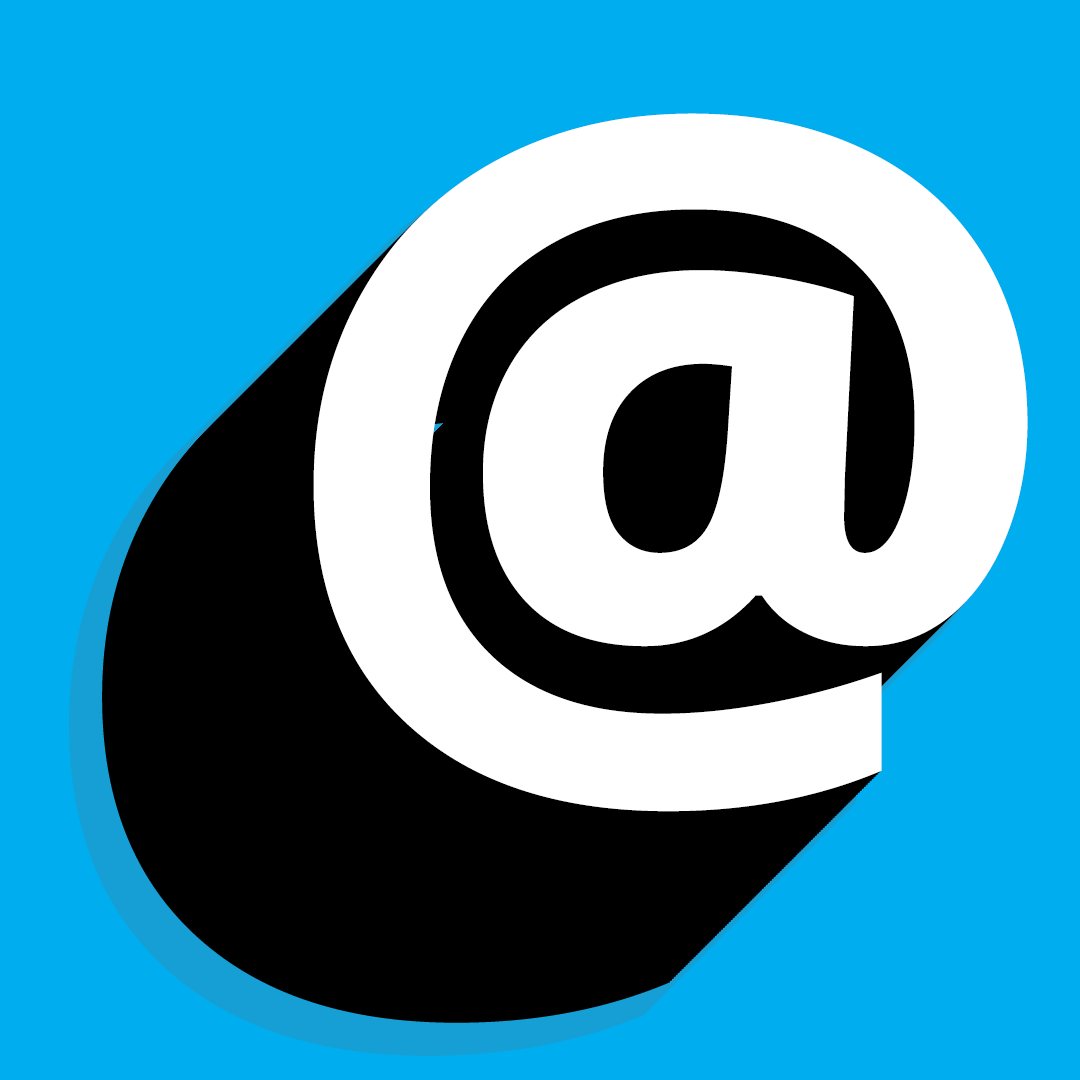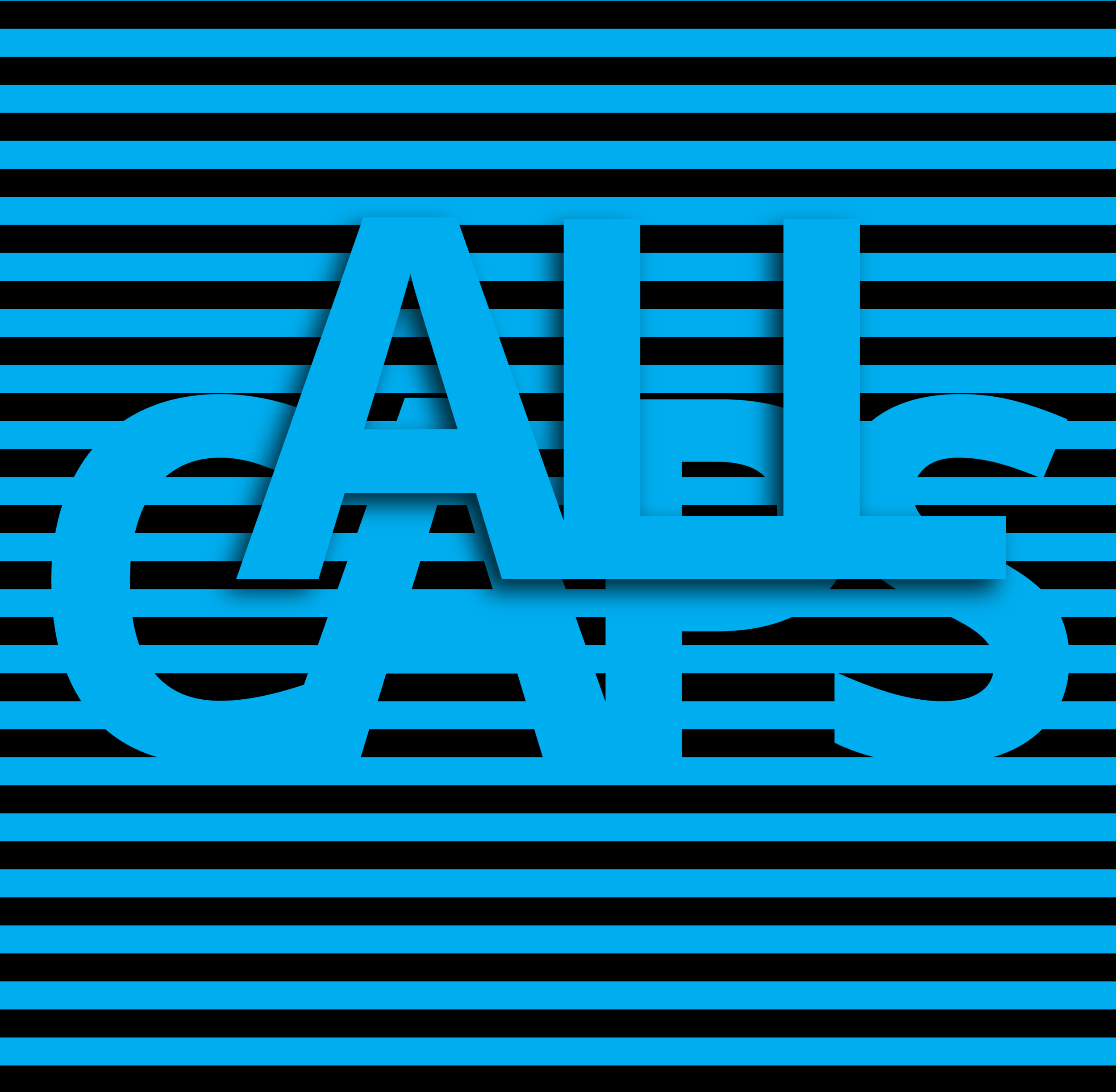How to use a question mark | Do you know what an eroteme is?
How to use a question mark
So as not to bury the lede, let’s get right to it. Question marks have just one use in English—to indicate an interrogative clause. That’s word-speak for “ask a question”. As far as style, the rules are equally as simple:
Use only one at a time.
Aristophanes of Byzantium
What a name. Now that the formal stuff’s out of the way, what else is there to know? A question mark is also called an eroteme, which is ancient Greek from erōtain, to ask. It was only formalised, both as a glyph and what its function is, as late as the 13th century—although its use is older than that.
The role of early punctuation was a form of direction, indicating to how to speak written text aloud. The Greeks get the credit for this, specifically Aristophanes of Byzantium, who is believed to have developed the first system of punctuation—a series of dots to tell the reader when to take breaths.
Don’t forget to breathe
A low dot meant a short pause, a middot was a thoughtful longer moment after a long passage, and a full stop that indicated the completion of a thought was a high dot. This is why we’re often taught that a comma signifies a short pause.
To this end, a system of various dots would eventually decorate text to indicate intonation, stops, speaker changes, and more. Its widely thought that the original question mark was a series of dots, one decorated in a right-to-left “flash” gesture, to indicate an interrogative tone.
Latin always looks good
But my favorite explanation for its evolution comes from the latin, quaestio. Over time its thought to have been abbreviated to qo, which eventually became written as the glyph we use today. Doesn’t this look cool?












